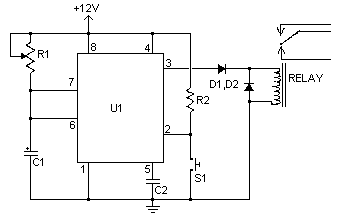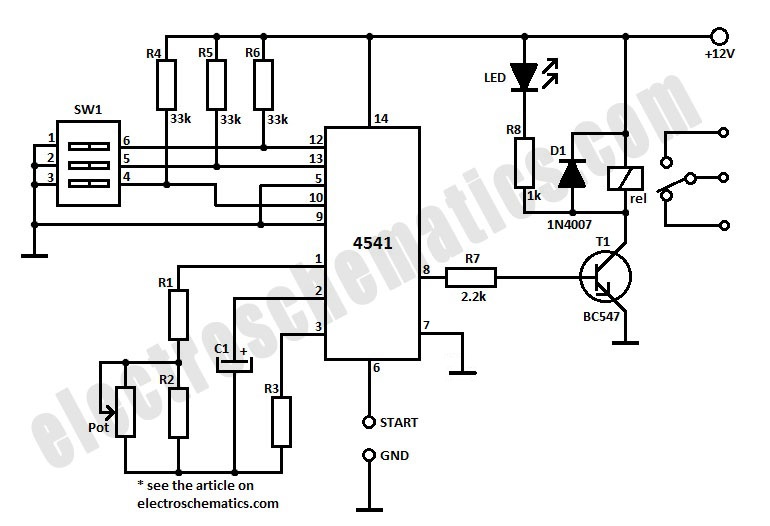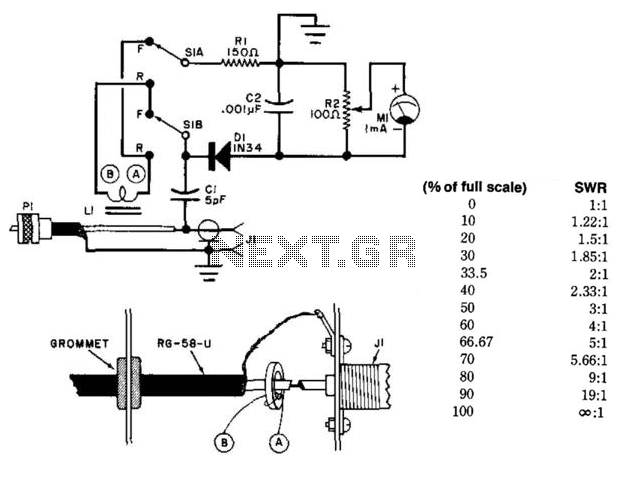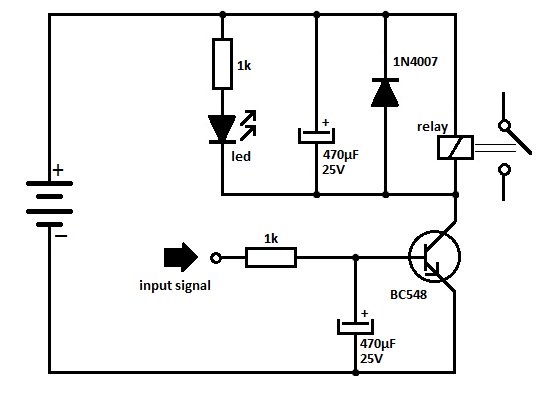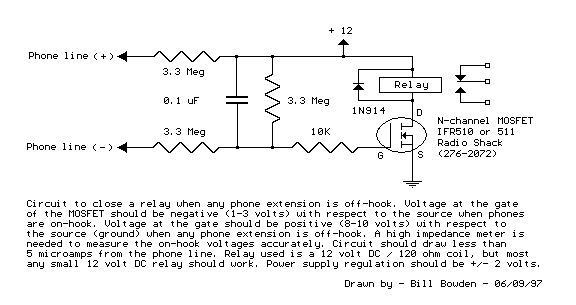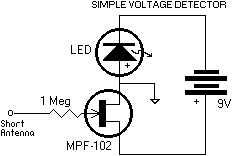
Clap Sensitive On-Off Relay
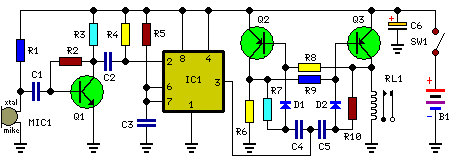
A 3V battery-operated, small portable unit designed to activate a relay through a hand clap. Subsequent claps will deactivate the relay.
This circuit utilizes a microphone as a sound sensor to detect the sound of a hand clap. The microphone converts the sound waves into an electrical signal, which is then processed by a signal conditioning circuit. This circuit typically includes an amplifier to boost the microphone's output and a comparator to differentiate between the noise level and the clap sound.
The output from the comparator triggers a flip-flop or a microcontroller, which toggles the state of the relay. The relay acts as a switch to control a larger load, allowing for various applications such as lighting or other electronic devices. When the first clap is detected, the relay is activated, and when another clap is detected, the relay is deactivated, creating a simple on/off control mechanism.
Powering the circuit with a 3V battery ensures portability and ease of use. Components such as resistors, capacitors, and possibly a diode for flyback protection may be included in the design to ensure stable operation and protect the circuit from voltage spikes generated by the relay.
Overall, this hand clap relay circuit is an efficient solution for applications requiring remote control without physical switches, providing an innovative and user-friendly interface for electronic device management.3V Battery operated, Small portable unit This circuit was intended to activate a relay by means of a hand clap. Further claps will turn-off the relay. An.. 🔗 External reference
This circuit utilizes a microphone as a sound sensor to detect the sound of a hand clap. The microphone converts the sound waves into an electrical signal, which is then processed by a signal conditioning circuit. This circuit typically includes an amplifier to boost the microphone's output and a comparator to differentiate between the noise level and the clap sound.
The output from the comparator triggers a flip-flop or a microcontroller, which toggles the state of the relay. The relay acts as a switch to control a larger load, allowing for various applications such as lighting or other electronic devices. When the first clap is detected, the relay is activated, and when another clap is detected, the relay is deactivated, creating a simple on/off control mechanism.
Powering the circuit with a 3V battery ensures portability and ease of use. Components such as resistors, capacitors, and possibly a diode for flyback protection may be included in the design to ensure stable operation and protect the circuit from voltage spikes generated by the relay.
Overall, this hand clap relay circuit is an efficient solution for applications requiring remote control without physical switches, providing an innovative and user-friendly interface for electronic device management.3V Battery operated, Small portable unit This circuit was intended to activate a relay by means of a hand clap. Further claps will turn-off the relay. An.. 🔗 External reference
Warning: include(partials/cookie-banner.php): Failed to open stream: Permission denied in /var/www/html/nextgr/view-circuit.php on line 713
Warning: include(): Failed opening 'partials/cookie-banner.php' for inclusion (include_path='.:/usr/share/php') in /var/www/html/nextgr/view-circuit.php on line 713
